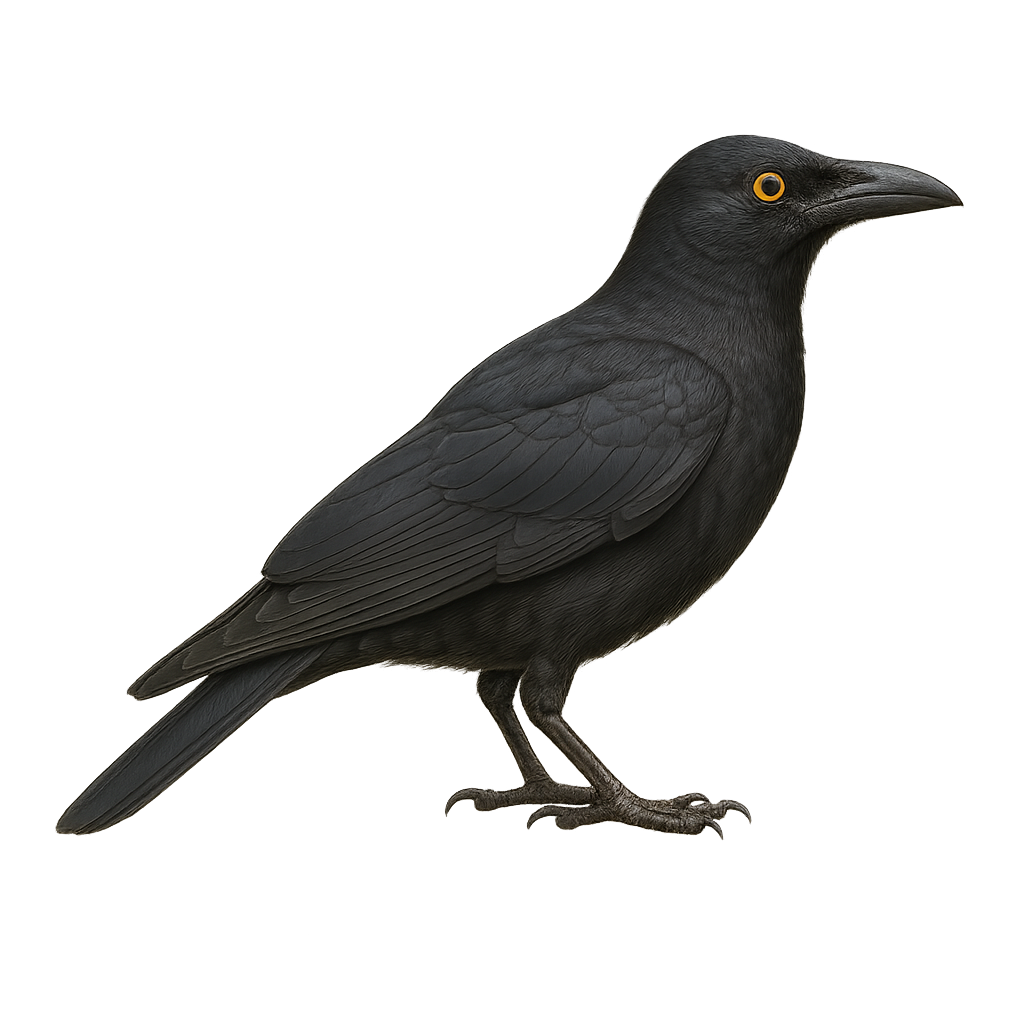Your wildlife photography guide.
Explore the micronesian starling in detail, study its behavior, prepare your shots.
Where to observe and photograph the micronesian starling in the wild
Learn where and when to spot the micronesian starling in the wild, how to identify the species based on distinctive features, and what natural environments it inhabits. The WildlifePhotographer app offers tailored photography tips that reflect the micronesian starling’s behavior, helping you capture better wildlife images. Explore the full species profile for key information including description, habitat, active periods, and approach techniques.
Micronesian Starling
Scientific name: Aplonis opaca

IUCN Status: Least Concern
Family: STURNIDAE
Group: Birds
Sensitivity to human approach: Suspicious
Minimum approach distance: 10 m
Courtship display: March to April
Incubation: 14-16 jours
Hatchings: March to May
Habitat:
Forests, urban areas, mangroves
Activity period :
Primarily active during the day, with peak activity in the morning and late afternoon.
Identification and description:
The Micronesian Starling, scientifically known as Aplonis opaca, is a medium-sized bird in the Sturnidae family. It is predominantly found in the islands of Micronesia, inhabiting diverse environments from dense forests to urban areas. This passerine is notable for its glossy black plumage with metallic sheen and bright yellow eyes. It is omnivorous, feeding on fruits, insects, and occasionally small vertebrates. Its song is varied and melodious, often heard at dawn and dusk. Although generally sociable, it can become territorial during the breeding season.
Recommended lens:
400 mm – adjust based on distance, desired framing (portrait or habitat), and approach conditions.
Photography tips:
To photograph the Micronesian Starling, it is advisable to use a 400mm lens or longer to capture the intricate details of its glossy plumage. The best opportunities for photography occur early in the morning or late afternoon when the bird is most active. Look for it in fruit trees or near mangroves. Be patient and discreet to avoid startling it, as it can be suspicious. Use a tripod to stabilize your camera and achieve sharp images, especially in low light conditions.
The WildlifePhotographer App is coming soon!
Be the first to explore the best nature spots, track rutting seasons, log your observations, and observe more wildlife.
Already 1 430 wildlife lovers subscribed worldwide

